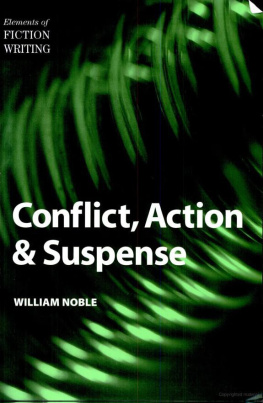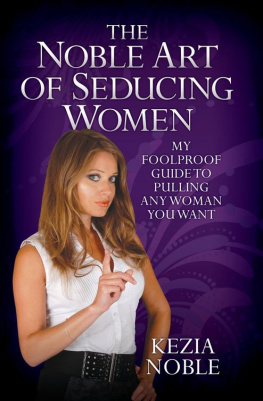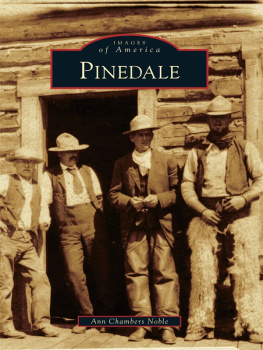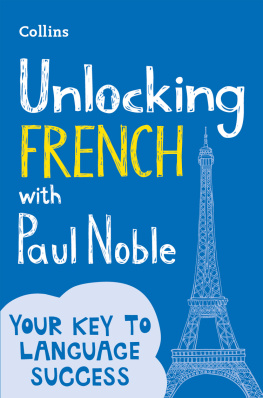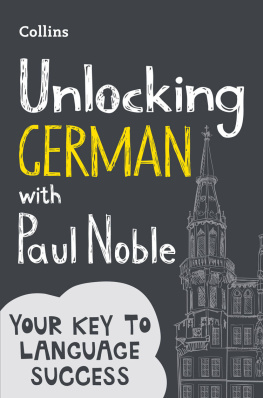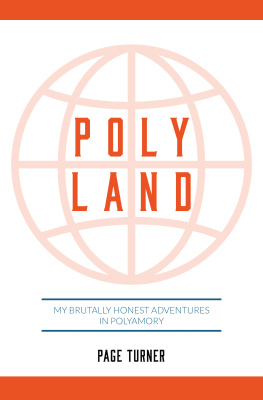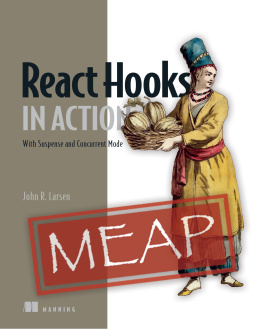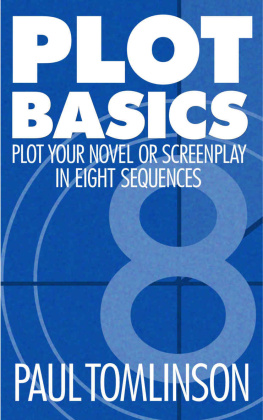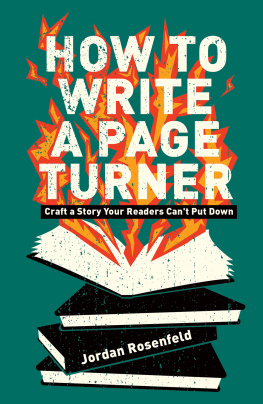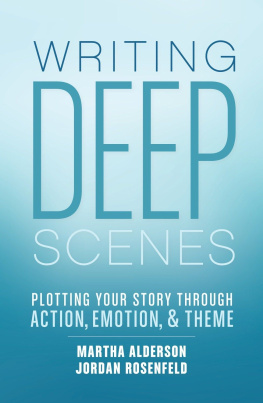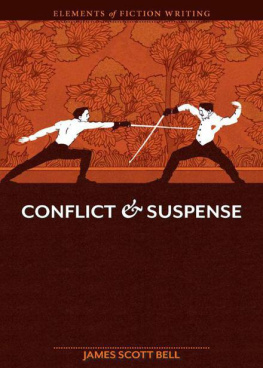Noble - Conflict, action and suspense
Here you can read online Noble - Conflict, action and suspense full text of the book (entire story) in english for free. Download pdf and epub, get meaning, cover and reviews about this ebook. City: Cincinnati, Ohio, year: 1999, publisher: Writers Digest Books, genre: Home and family. Description of the work, (preface) as well as reviews are available. Best literature library LitArk.com created for fans of good reading and offers a wide selection of genres:
Romance novel
Science fiction
Adventure
Detective
Science
History
Home and family
Prose
Art
Politics
Computer
Non-fiction
Religion
Business
Children
Humor
Choose a favorite category and find really read worthwhile books. Enjoy immersion in the world of imagination, feel the emotions of the characters or learn something new for yourself, make an fascinating discovery.
- Book:Conflict, action and suspense
- Author:
- Publisher:Writers Digest Books
- Genre:
- Year:1999
- City:Cincinnati, Ohio
- Rating:4 / 5
- Favourites:Add to favourites
- Your mark:
- 80
- 1
- 2
- 3
- 4
- 5
Conflict, action and suspense: summary, description and annotation
We offer to read an annotation, description, summary or preface (depends on what the author of the book "Conflict, action and suspense" wrote himself). If you haven't found the necessary information about the book — write in the comments, we will try to find it.
Conflict, action and suspense — read online for free the complete book (whole text) full work
Below is the text of the book, divided by pages. System saving the place of the last page read, allows you to conveniently read the book "Conflict, action and suspense" online for free, without having to search again every time where you left off. Put a bookmark, and you can go to the page where you finished reading at any time.
Font size:
Interval:
Bookmark:
As the late editor William Sloane put it, "Fiction is people." It's written for people, it's made up of people, and it's written by people. In his fine handbook The Craft of Writing (Norton), he says:
People characters are the true substance of all fiction, most nonfiction, all drama, and a lot of poetry ranging from the Iliad to Robert Lowell.... There is no such entity as a piece of fiction that is devoid of human beings.... People are the story and the whole story.
This is so true with action and suspense because the reader must identify with the story and become a part of it. If the characters aren't believable or don't excite interest, the reader closes the book with a resounding thud!
Borriinng. Put that writer on the Don't-Pick-Up-Again list. It doesn't matter whether it's fiction or nonfiction, people characters are where we begin. We must think people first! Who, instead of why or where or how, because who is the engine that drives the story.
Think of Hercule Poirot, Agatha Christie's famous detective. Without his closely drawn character, many of her mysteries could not have been pieced together. Or think of Pilar and Maria and Robert Jordan in Ernest Hemingway's For Whom the Bell Tolls. Their diverse characters set the story tone and drive it forward. Or think of Maxim de Winter in Daphne du Maurier's
Rebecca. Without his smoldering presence the story would not have depth or suspense.
These writers sculpt characters around whom they build a story. They make characters more than one dimensional, giving them flesh and blood so they can carry the story.
How's it done? Think memorable. A character should be memorable. Different, unusual, arresting. Not the entire person, either; it might be one characteristic only (an angry scar running from eyebrow to chin, a womanly voice in a man with the build of a weight lifter. These are what stick in a reader's mind. It's much easier if there is something out of the ordinary about the character, something the reader won't forget.
It doesn't have to be physical, of course; it could be emotional. Think of Richard Condon's The Manchurian Candidate (McGraw-Hill) where Raymond Shaw is programmed to kill when an outside stimulus is presented. Until that occurs, he's as normal as the rest of us. The point is that this character is memorable because he has a single bizarre characteristic, and we wonder if and when it will erupt.
Besides the suspense aspects (which are in great supply here), we have someone the reader will clearly fix on. Richard Condon has done his work well; Raymond Shaw is unique and bizarre and memorable.
Developing a character like this is one way to build action and suspense. In making a character memorable, we set up opportunities for conflict because one outsized characteristic requires another contrasting one. For example, with a woman who is six-foot-six it's not hard to imagine the intimidation many men would feel, especially if she carries her height well and moves with self-confidence. The men might challenge her repeatedly, trying to mute the intimidation.
Or how about the man with the ugly scar? Fear might be his message, and others might see him as a danger. Conflict would be the natural outgrowth. It's what the memorable characteristic presents to other characters that is the key is it a challenge, should it be a challenge?
If it is, we have conflict. And as the character develops, so do the action and suspense.
Consider this: a character at war with himself (such as Raskolnikov in Dostoevsky's Crime and Punishment). He has a memorable characteristic (a moral righteousness to murder someone he feels is his inferior). The conflict's quite clear (should he confess to a killing, will he get away with it), and the action and suspense proceed. As Raskolnikov becomes more concerned he will be found out, we see the police investigation grow closer and closer, and the action and suspense increase. Raskolnikov's memorable characteristic has produced the inevitable conflict, as it should, and we have a story centered upon a character whose human traits drive things along.
Make those characters memorable (Remember: Most writing, fiction as well as nonfiction, is people), and the conflict as well as the action and suspense will spread themselves like an open fan. Think of characters at wareither with themselves or with others and then chronicle that war until there is peace.
As we go about building a character, we touch on different sides of that character's personality. We want to avoid the cardboard cutout, the single-dimension character because the reader, unless the plot is extremely powerful, will have trouble staying interested in the story.
So we explore the character, bringing out those things that are exciting, unnerving, memorable. Multidimensional.
What about a couple of personalities within the same body? Talk about multidimensional. Here's a character with more than one face, and doesn't that make for interesting possibilities?
Conflict right off the bat. The different personalities at war with one another. The classic, of course, is Robert Louis Stevenson's The Strange Case of Dr.Jekyll and Mr. Hyde, in which a kindly doctor and a malevolent criminal occupy the same body, and the story swings between their attempts to gain control of the overall personality. Here's the way Edward Hyde is described by one of the other characters:
"[He] was pale and dwarfish, he gave an impression of deformity without any nameable malformation, he had a displeasing smile... and he spoke with a husky, whispering and somewhat broken voice."
Then, a few pages later, here is the way Dr. Jekyll is described:
... a large, well-made, smoothfaced man of fifty, with something of a slyish cast, perhaps, but every mark of capacity and kindness.
Two different personalities living within the same body, one dwarfish, the other large; one malformed, the other well-made; one sinister, the other open. Conflict after conflict.
And isn't this a recipe for burgeoning action and suspense? As the conflicts appear, the action and the suspense develop. The struggle between the two personalities is action oriented because Hyde engages in criminal act after criminal act, and we shudder at the character's thirst for evil. What he does is described mostly by others after the fact, but that does nothing to minimize the viciousness, and with each murder or assault we wonder how he can be stopped.
And this is where the suspense comes in. We know that uncertainty is the basis of suspense, so the question is, where's that uncertainty? There's no doubt Hyde committed the crimes, and when they're described, that's action (things happen no uncertainty there). But even though we know who did what, we don't know who will prevail in the end! We don't know whether Jekyll will succeed in cleansing himself of Hyde, or whether Hyde will take over Jekyll entirely. This is the suspense, the uncertainty: Who will prevail?
In a body with multiple faces it's a most dramatic question. And it provides an excellent chance to portray both action and suspense. Remember conflict. Think conflict first. Get those multiple faces to stick their tongues out at one another.
Then build the action and the suspense, as the distinctions between the personalities grow more severe and ominous.
Sometimes the multiple-faces approach can take a bizarre twist. Suppose a character wishes to remain forever young, never to grow old or whither. He wants to stand nature on its head. No multiple faces here, right? One man, one desire, one personality.
But what if... his valued portrait begins to show age signs even as he stays young? This, of course, is the story in Oscar Wilde's The Picture of Dorian Gray. The conflict comes between the character, Dorian Gray, and his portrait. The man remains young, the portrait ages. Still multiple faces, just different because one is within the human body and the other is outside of it. But the faces are in conflict, and this is a springboard for action (hiding the portrait, making excuses for it, deciding to destroy it) and suspense (what will happen when the portrait is seen or destroyed?). Wilde builds his character by showing an ever-more dissolute Dorian Gray thumbing his nose at nature, secure that his youth will be perpetual, and as the character builds so do the action and the suspense.
Font size:
Interval:
Bookmark:
Similar books «Conflict, action and suspense»
Look at similar books to Conflict, action and suspense. We have selected literature similar in name and meaning in the hope of providing readers with more options to find new, interesting, not yet read works.
Discussion, reviews of the book Conflict, action and suspense and just readers' own opinions. Leave your comments, write what you think about the work, its meaning or the main characters. Specify what exactly you liked and what you didn't like, and why you think so.

